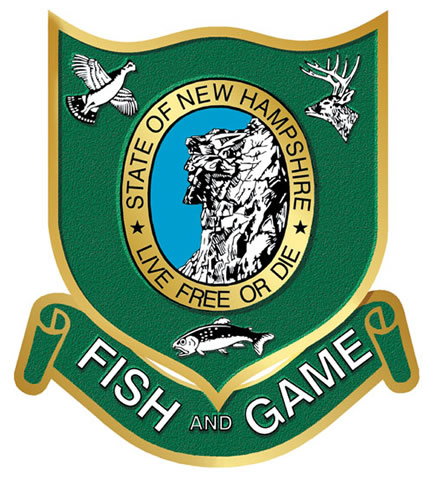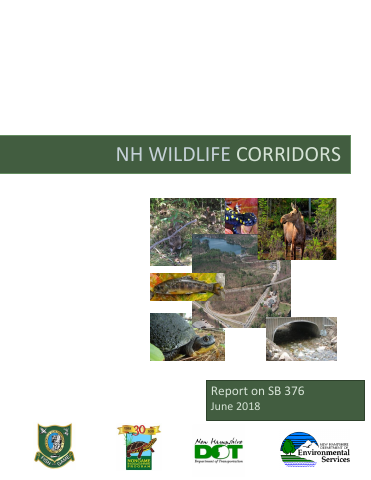Project description (English)
The NH Fish and Game Department partnered with other agencies to research wildlife corridors in New Hampshire, focusing on identifying (1) existing and needed wildlife corridors, (2) voluntary mechanisms that affect wildlife corridors and (3) any existing statutes, rules and regulations that affect wildlife corridors. To identify existing and needed wildlife corridors in New Hampshire, the planning team compiled and summarized numerous on-going and completed efforts. For example, the NH Wildlife Connectivity Model predicts wildlife connectivity zones and identifies both key areas for land protection efforts and strategic locations for restoring connectivity. Other efforts to identify existing and needed wildlife corridors have included field research looking for tracks, camera-trapping, reports of sightings by the public, and checking the connectivity at culverts and bridges. Many regional conservation plans use these mapped corridors to highlight connectivity as a land conservation priority. Voluntary mechanisms that affect wildlife corridors include land conservation and management mechanisms (fee acquisition, conservation easements, cooperative management agreements, current use program), technical assistance opportunities, and available land acquisition and restoration funding. In New Hampshire, there are limited regulations pertaining directly to wildlife corridors.
Project description (French)
Main contact organization for the project
New Hampshire Fish and Game

Partner organization(s)
New Hampshire Department of Environmental Services

Northeast Association of Fish and Wildlife Agencies

Part of larger network(s)
Project status
Underway
Start year of project
2006
Primary ecosystem focus
Agricultural
Forested
Connectivity action
Core priority area designation
Research (Evaluation of functional connectivity)
Taxonomic Coverage
Mammals
Birds
Amphibians
Reptiles
Geographical coverage
Jurisdiction(s)
New Hampshire
Reports, publications or pictures
